Southern Rock-fern,
Annual Rock-fern,
Green Rock-fern
Display all 6 images
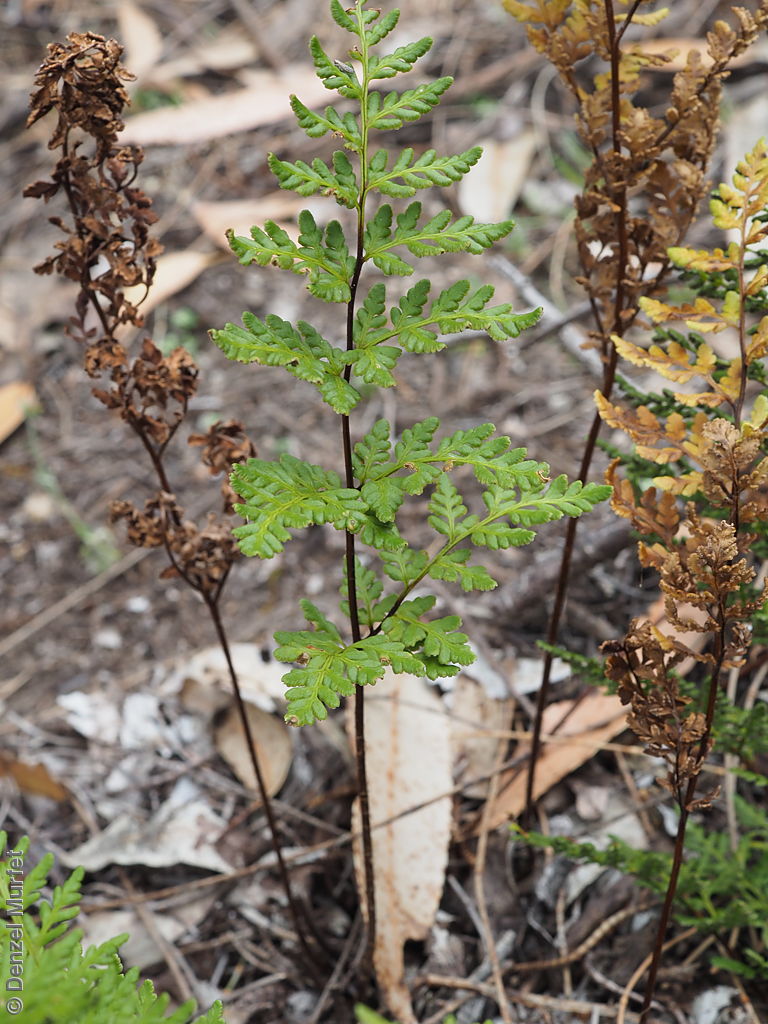
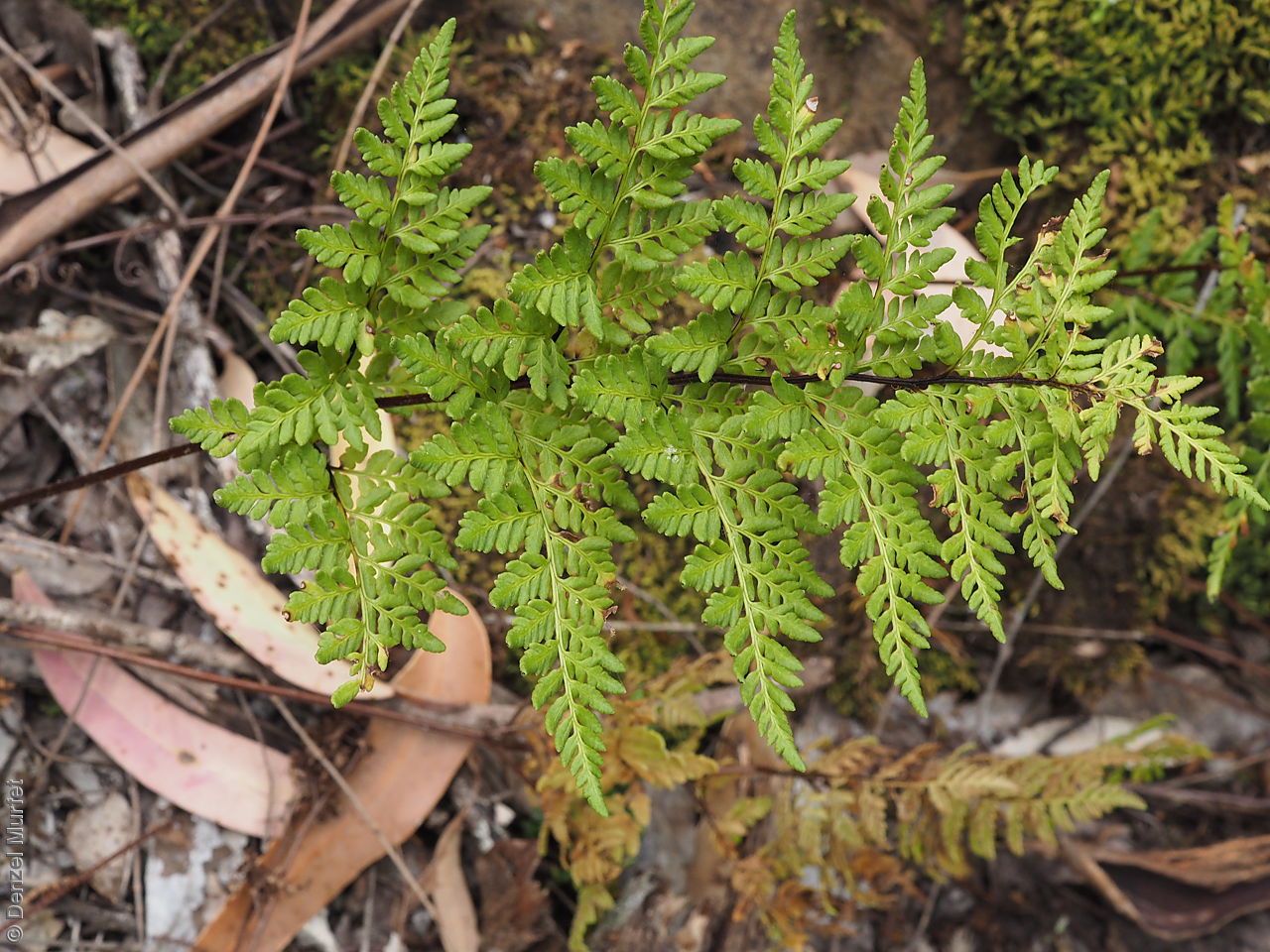
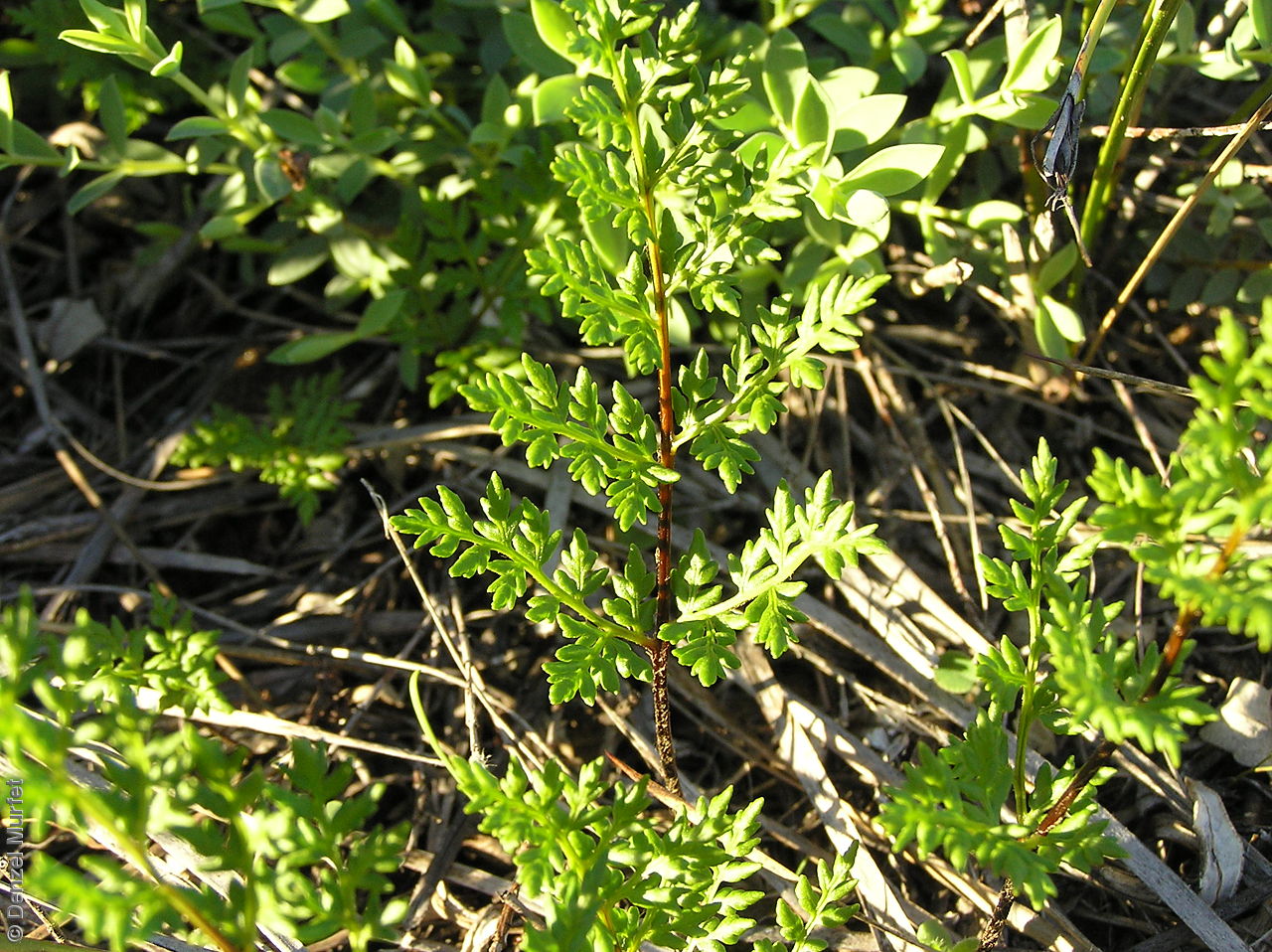
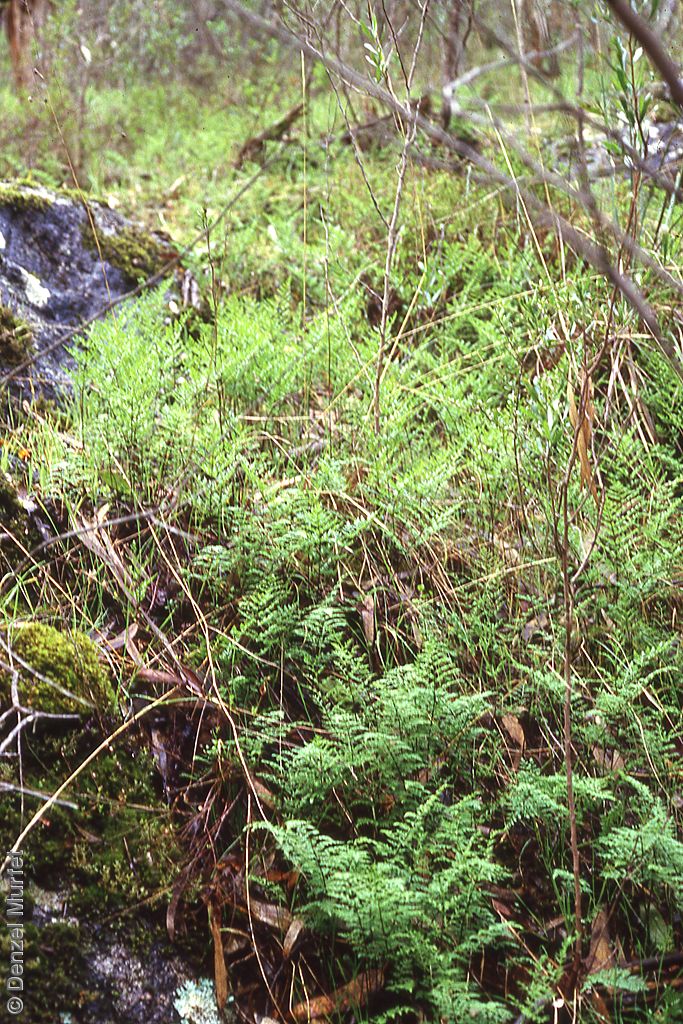
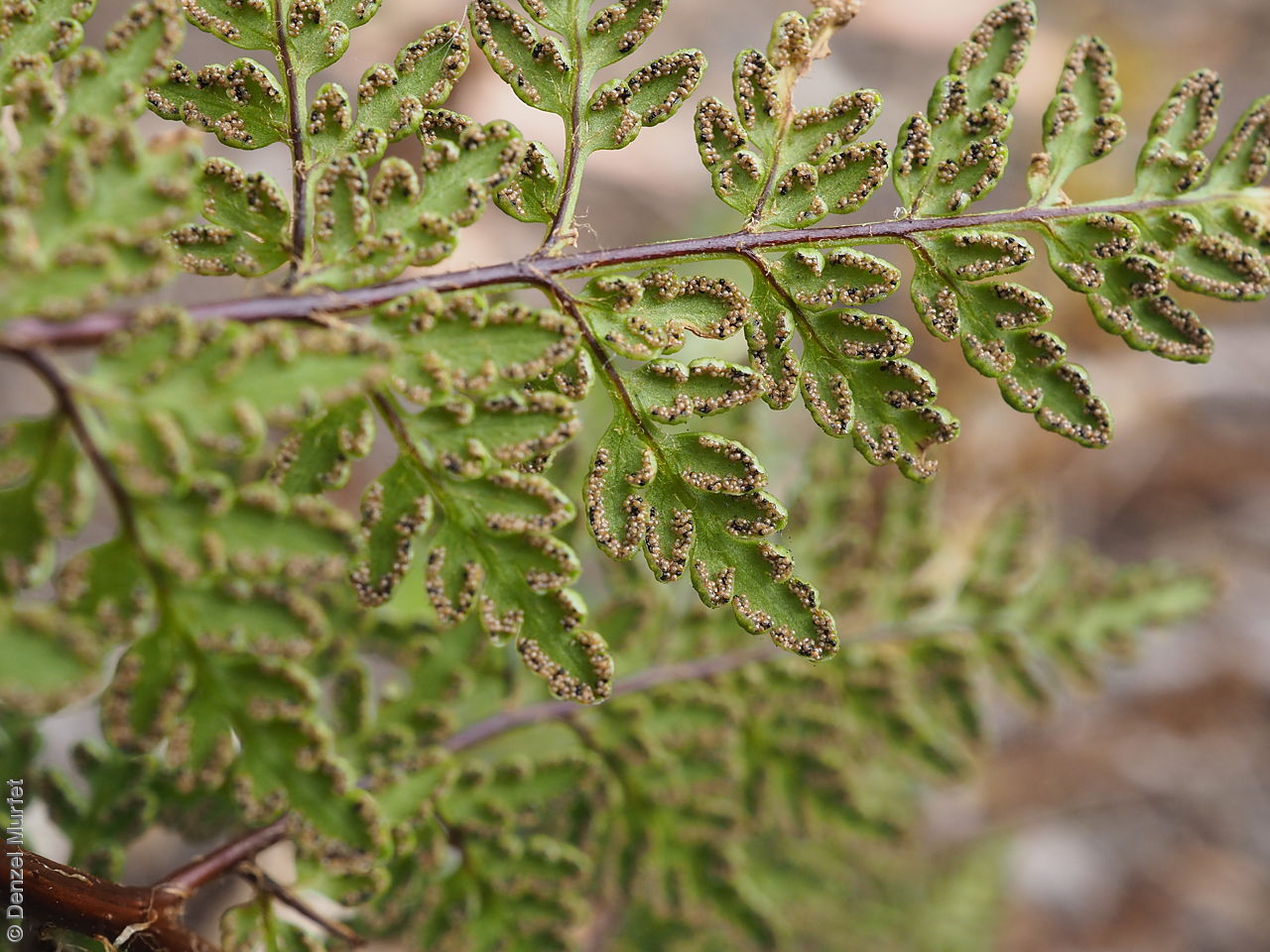
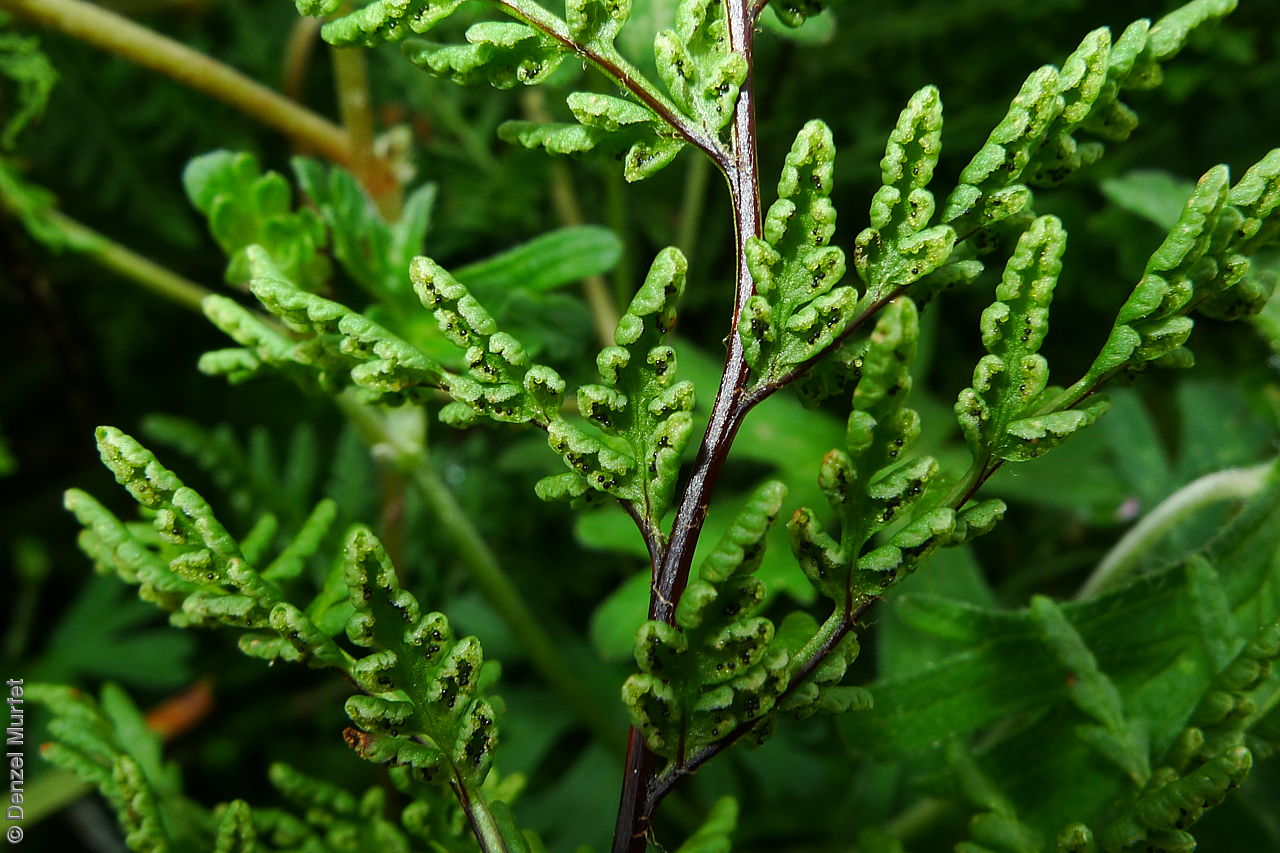
Regional Species Conservation Assessments per IBRA subregion.

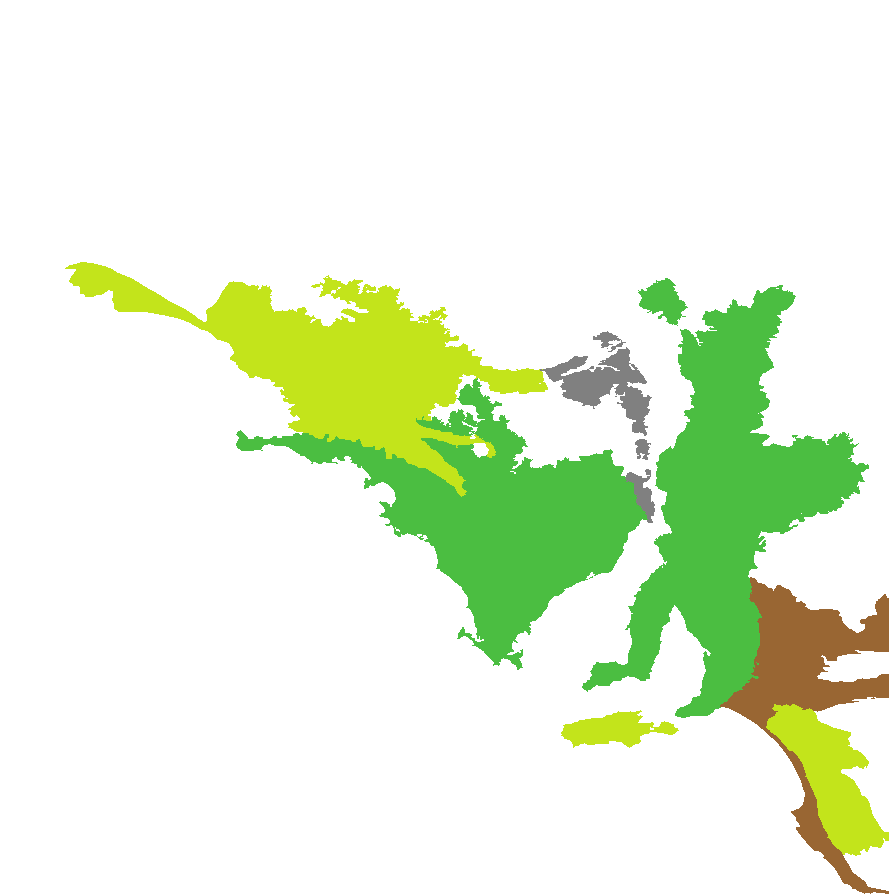
Least concern
Near threatened
Rare
Vulnerable
Endangered
Critically endangered
Extinct
Data deficient
Adelaide
Arkaroola
Ceduna
Coober Pedy
Hawker
Innamincka
Marla
Marree
Mount Gambier
Oodnadatta
Renmark
Wudinna
Keith
Yunta
Display IBRA region text
| Bridgewater (NCP01) | Naracoorte Coastal Plain | Rare (IUCN: RA d(ii)) |
| Lucindale (NCP03) | | Near Threatened [localised; uncommon] |
| Tintinara (NCP04) | | Near Threatened [localised; uncommon] |
| Kangaroo Island (KAN01) | Kanmantoo | Near Threatened [grows on rocky areas; fairly widespread; weeds a threat in some areas] |
| Fleurieu (KAN02) | | Least Concern |
| Mount Lofty Ranges (FLB01) | Flinders Lofty Block | Least Concern |
| Broughton (FLB02) | | Least Concern [Common, deciduous, ] |
| Olary Spur (FLB03) | | Least Concern [Common, deciduous, ] |
| Southern Flinders (FLB04) | | Least Concern [Common, deciduous, ] |
| Northern Flinders (FLB05) | | Least Concern |
| Central Flinders (FLB06) | | Least Concern |
| Southern Yorke (EYB01) | Eyre Yorke Block | Least Concern [Common, deciduous, ] |
| St Vincent (EYB02) | | Least Concern [Common, deciduous, ] |
| Eyre Hills (EYB03) | | Least Concern [common in wetter areas] |
| Talia (EYB04) | | Least Concern [common in wetter areas] |
| Eyre Mallee (EYB05) | | Least Concern [common in wetter areas] |
| Murray Mallee (MDD02) | Murray Darling Depression | Rare (IUCN: RA d(i,ii)) [edge of range] |
| Murray Lakes and Coorong (MDD03) | | Rare (IUCN: RA d(i,ii)) [edge of range; limited habitat] |
| Myall Plains (GAW01) | Gawler | Least Concern [common in wetter areas] |
| Gawler Volcanics (GAW02) | | Least Concern [common in wetter areas] |
| Arcoona Plateau (GAW04) | | Data Deficient |
| Kingoonya (GAW05) | | Data Deficient [outside of range] |
| Yellabinna (GVD06) | Great Victoria Desert | Data Deficient [check record, could be C sieberi] |
| Bimbowrie (BHC05) | Broken Hill Complex | Least Concern [Undercollected ] |
| 3 of 4 subregions | Naracoorte Coastal Plain | Near Threatened , Rare |
| 2 of 2 subregions | Kanmantoo | Least Concern , Near Threatened |
| 6 of 6 subregions | Flinders Lofty Block | Least Concern |
| 5 of 5 subregions | Eyre Yorke Block | Least Concern |
| 2 of 6 subregions | Murray Darling Depression | Rare |
| 4 of 8 subregions | Gawler | Least Concern , Data Deficient |
| Yellabinna (GVD06) | Great Victoria Desert | Data Deficient [check record, could be C sieberi] |
| Bimbowrie (BHC05) | Broken Hill Complex | Least Concern [Undercollected ] |
Botanical art
Kath Alcock paintings: 4
Prior names
Cheilanthes tenuifolia
Common names
Southern Rock-fern
Annual Rock-fern
Green Rock-fern
Etymology
Cheilanthes from the Greek 'cheilos' meaning a lip and 'anthos' meaning a flower, alluding to the lip-like indusium (thin membrane covering the sorus). Austrotenuifolia from the Latin 'austro' meaning southern, 'tenuis' meaning tough or wiry and 'folium' meaning a leaf, referring to the southern distribution of this rock fern with stiff narrow fronds. The species was split from Cheilanthes tenuifolia, which is found in the northern part of Australia.
Distribution and status
Found southern South Australia growing on banks and along streams in moist areas. Also found in Western Australia, New South Wales, Victoria and Tasmania. Native. Common in South Australia. Common in the other States.
Herbarium regions: Flinders Ranges, Eyre Peninsula, Northern Lofty, Murray, Yorke Peninsula, Southern Lofty, Kangaroo Island, South Eastern, Green Adelaide
NRM regions: Adelaide and Mount Lofty Ranges, Eyre Peninsula, Kangaroo Island, Northern and Yorke, South Australian Arid Lands, South Australian Murray-Darling Basin, South East
AVH map: SA distribution map (external link)
Plant description
Slow-creeping rhizomatous fern with red-brown, dark brown or black, hairy stems and fronds scattered, or a few crowded at the tip which dies back in summer and new fronds grow in autumn. Fruits are sori (spores) on the underside margins of the fronds between the lobes, protected by the recurved margins. Seeds are very fine spores.
Seed collection and propagation
Look under the fronds and collect ones with spores and place in a seal paper bags to prevent spores from fulling out. Leave fronds in the paper bag to dry. The spores will fall off naturally or give the fronds a gentle shake. Use a very fine sieve to separate any unwanted material. Be careful as the spores are very fine. Store spores in an air tight container in a cool and dry place or in a -20oC freezer.







